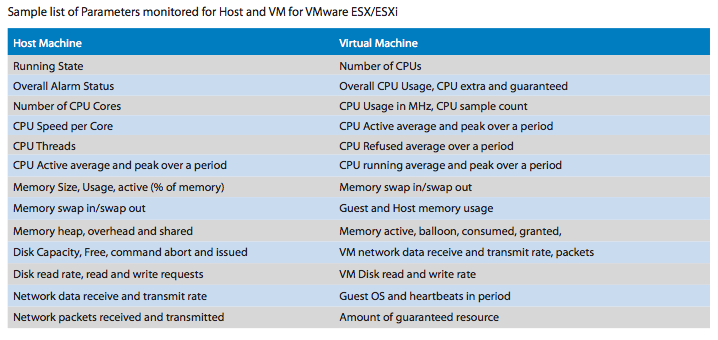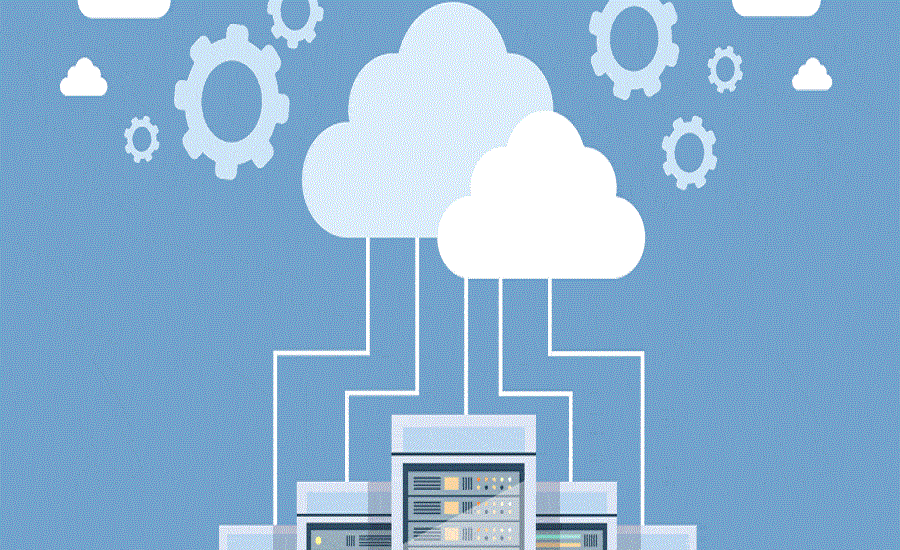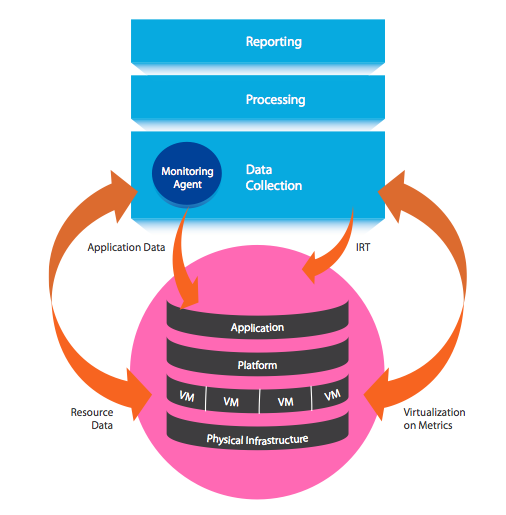How to Monitor Cloud Performance
Cloud performance monitoring means measuring the level of service a customer receives from the entire cloud environment, typically from a cloud service provider. Excellent Performance, Fast Response, and a 100% Timely Page Are Essential for Online Businesses. This is where vendors decide to choose a cloud computing strategy. Understanding how to use all the components and fully utilize such a remote IT infrastructure is essential for both the end-user and the service provider.
Therefore, cloud performance management should be done by the service provider and the cloud consumer (companies, organizations), and their reporting type will differ.
Infrastructure performance
Infrastructure performance means monitoring all cloud components, such as virtual devices, networks, and storage. The infrastructure Response Time (IRT) is calculated to determine how long it takes a virtual infrastructure to complete a single request from an application to a workload environment. Service providers mainly use this report.
Must identify Application topologies and the application’s virtual and physical resources. With the addition of new programs and new infrastructure elements, this must be done continuously. Data on physical and virtual machines are constantly collected.
CPU usage is measured across all CPUs, per CPU, and between CPUs. Disk usage, disk latency, percentage of memory used, data power and bandwidth, and related parameters are also measured. The following is an example of monitored parameters for host and VMware ESX / ESXi virtual machines.

Program performance
Cloud consumers are most interested in how the front-end applications used in their business work. Unlike server applications, cloud-hosted applications are subject to changing conditions and must be constantly monitored, tracked, and mapped. Cloud consumers choose their preferred performance-monitoring tool built into the app. Program Response Time (ART) is calculated to measure the time it takes the program to respond to various user requests.
Cloud consumers need to determine the degree of transparency provided by the application monitoring tool, as this will subsequently affect the credibility of their report.
Some tools include predictive components, such as alerting the administrator to potential problems, and prescribing components that automatically implement solutions.
Moving your system to the cloud without monitoring is not enough; a cloud performance monitoring strategy is essential for vendors entering the cloud computing market. Many cloud monitoring tools are accessible from third parties, and it is better to use more of them.
However, hiring professional cloud monitoring managers is essential for beneficial cloud consumers and corporate executives.
FAQ
What are key things to monitor in cloud environments?
Track metrics such as CPU and memory usage, response times, error rates, uptime, storage and network usage.
How can I monitor cloud performance effectively?
Use dashboards and monitoring tools to aggregate metrics, set alerts for anomalies, and review logs or traces to detect issues early.
Why are alerts and real‑time monitoring important?
They help you respond quickly to problems like high load or downtime before users are affected.

